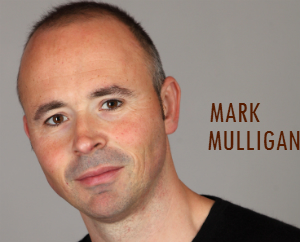 This column by RAIN guest contributor Mark Mulligan, founder of MIDiA Research, was originally published on LinkedIn. See all his LinkedIn articles HERE.
This column by RAIN guest contributor Mark Mulligan, founder of MIDiA Research, was originally published on LinkedIn. See all his LinkedIn articles HERE.
Spotify finally announced a significant price increase, raising prices in the UK and some of Europe, with the US set to follow suit. The increases affect Family, Duo and Student plans. The fact that streaming pricing has remained locked at $9.99 since the early 2000s is an open wound for streaming, so this news is important – but less so for actual impact than statement of intent.
Back in 2019 MIDiA showed that since its launch, Spotify’s $9.99 price point had lost 26% in real terms due to inflation while over the same period Netflix (which increased prices) saw a 63% increase. Price increases are a must, not an option. Not increasing prices while inflation raises other goods and services means that streaming pricing is deflating in real terms. In this context, Spotify’s move is encouraging, but it is not yet enough. The increases of course do not affect the main $9.99 price point, currently apply to a selection of markets and do not address the causes of ARPU deflation (promotional trials, uptake of multi-user plans, emerging markets). But let’s put all that aside for the moment and look at just what impact these changes will have:
- Pricing: The increase is 13% for a Family plan and 20% for Student, both meaningful but below the 26% real terms deflation that was hit back in 2019. Averaged across all price points, the price increase represents a 10% uplift (in the markets where this is being done). By comparison, Netflix’s last major price hike averaged out at 11% across all price points, so it is in line with that, though obviously Netflix had numerous other previous increases.
- ARPU: ARPU (i.e. how much people are actually spending) matters more than nominal retail price points, which are subject to promotions and discounts. Spotify ARPU fell from €4.72 in 2019 to €4.31 in 2020. Let us conservatively estimate that would fall to €4.00 in 2021 without any price increases. Let us also assume that the announced price increases roll out to every single Spotify market (which of course they won’t) and let’s assume it all happened on January 1st 2021 (which of course it didn’t). On that basis, and factoring in what share of Spotify subscribers are on family and student plans, total revenue and premium ARPU would increase by 6.2%. ARPU would hit €4.25 (still below 2020) and premium revenue would hit €9.5 billion.
- Income: Spotify would earn an extra €166 million gross margin, music rights holders would earn an extra €388 million, record labels €310 million and the majors €212 million, representing 2% of their total income. UMG would earn €95 million. Meanwhile, a recouped major label artist could expect to see a million streams generate €1,487 rather than €1,400 (assuming all the streams were premium).
All of these assumptions are based on this rollout being global and FY 2021, neither of which are the case. So the actual effect will be markedly less. The key takeaway is that this is an important first step on what needs to be a continual journey, and one followed by the other streaming services. Spotify was previous locked in a prisoner’s dilemma where no one was willing to make the first move. Spotify had the courage to jump first. What needs to happen next are (though not necessarily in this order):
- Pricing increase to all remaining tiers, especially $9.99
- Other streaming services follow suit
- Tightening up of discounts and promotional trials in well-established markets
Good first step by Spotify; now let the journey begin.
.
